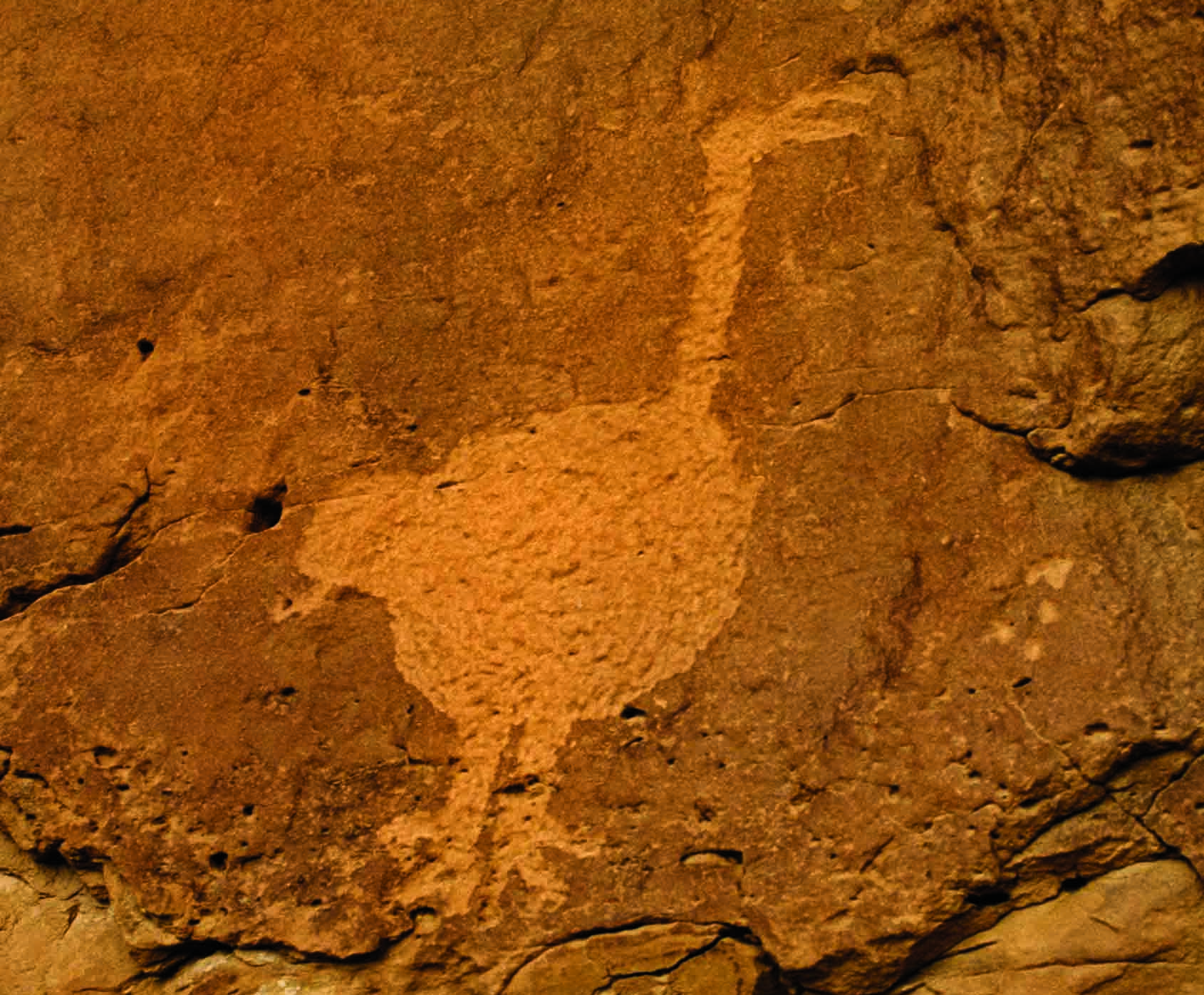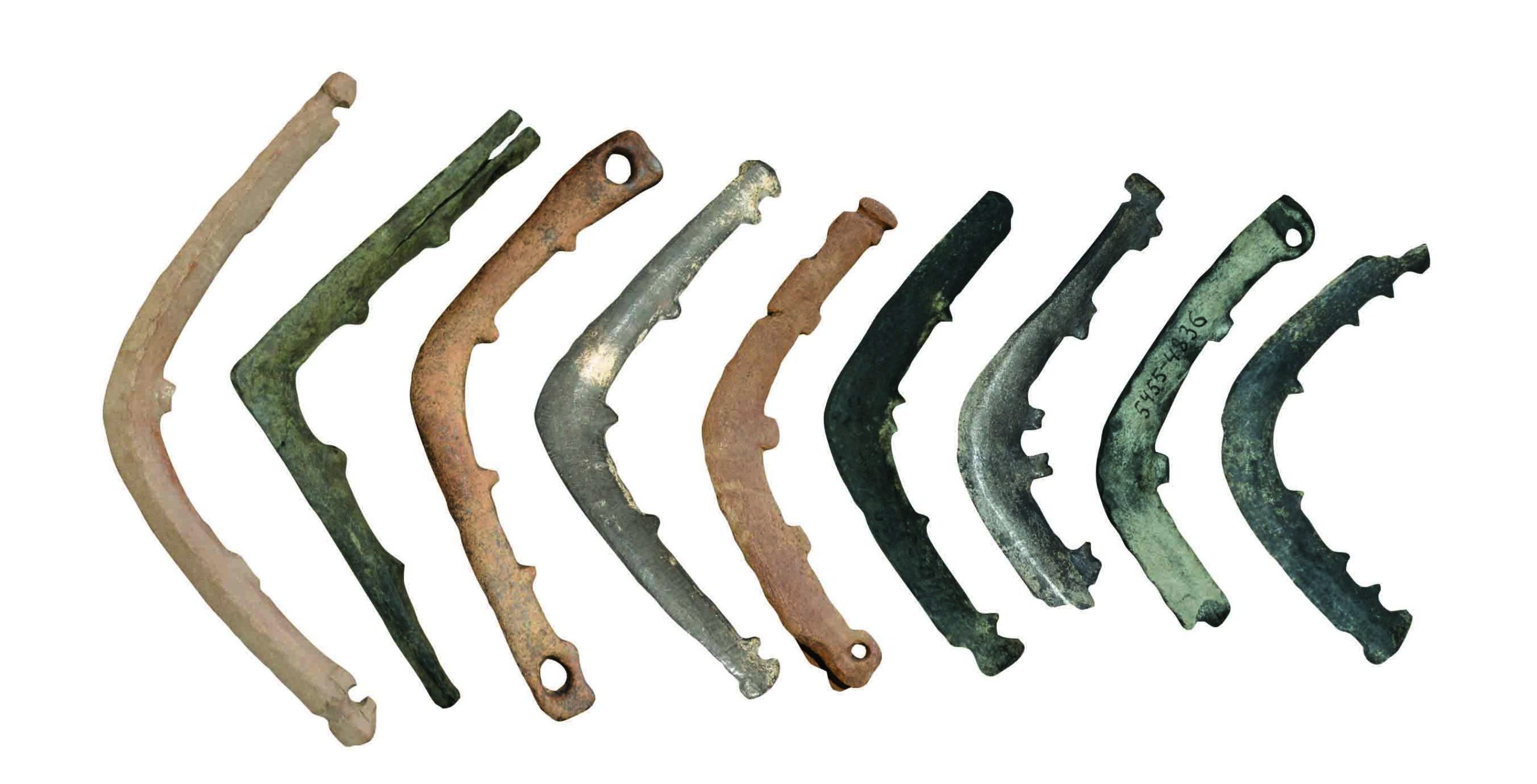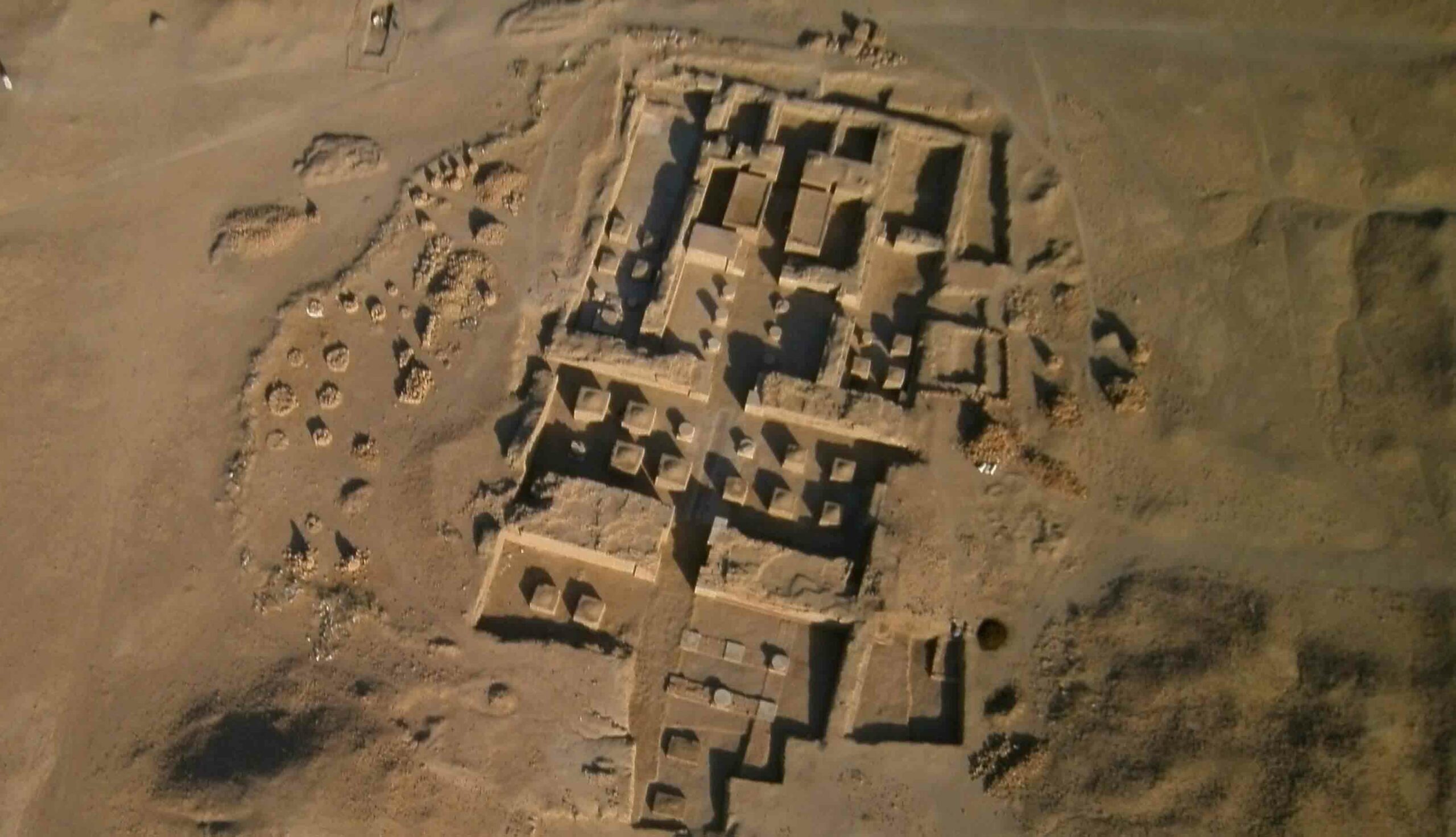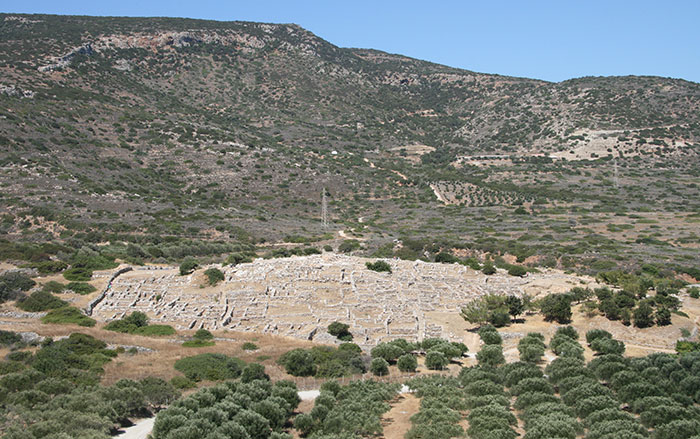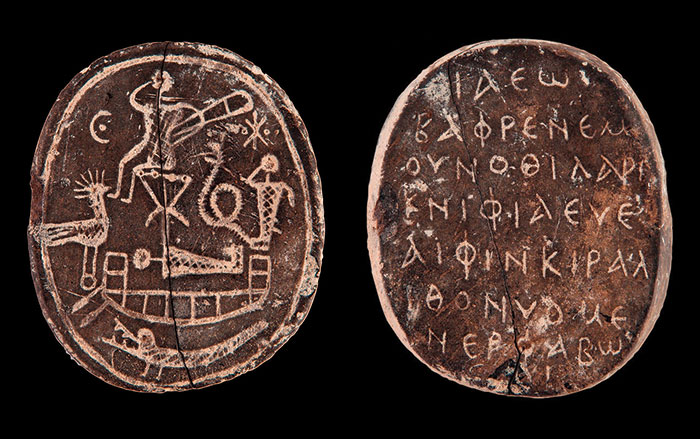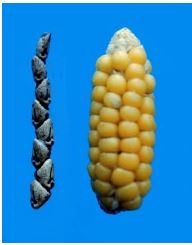
MADISON, WISCONSIN—A genetic study of corn conducted by Huai Wang and John Doebley of the University of Wisconsin-Madison offers insight into the domestication of this crop in Mexico some 9,000 years ago. The seeds of the wild grass teosinte, the ancestor of modern corn, are protected by a hard casing. Over a period of a few thousand years, early farmers developed varieties in which the seed case turns into the cob, exposing the seed as a “naked kernel.” A series of experiments showed that only one mutation in the gene tga1, and the protein encoded by it, TGA1, is necessary to affect the structure of the seed case. “TGA1 acts a bit like an orchestra conductor coordinating the actions of many different musicians. The same orchestra can play in different ways, depending on the conductor’s signals,” Doebley said in a press release. “Humans completely reshaped the ancestor of corn, effectively turning the cob inside out. Our results show that a small genetic change has had a big effect on this remarkable transformation,” he said. For more, go to "New Thoughts on Corn Domestication."



